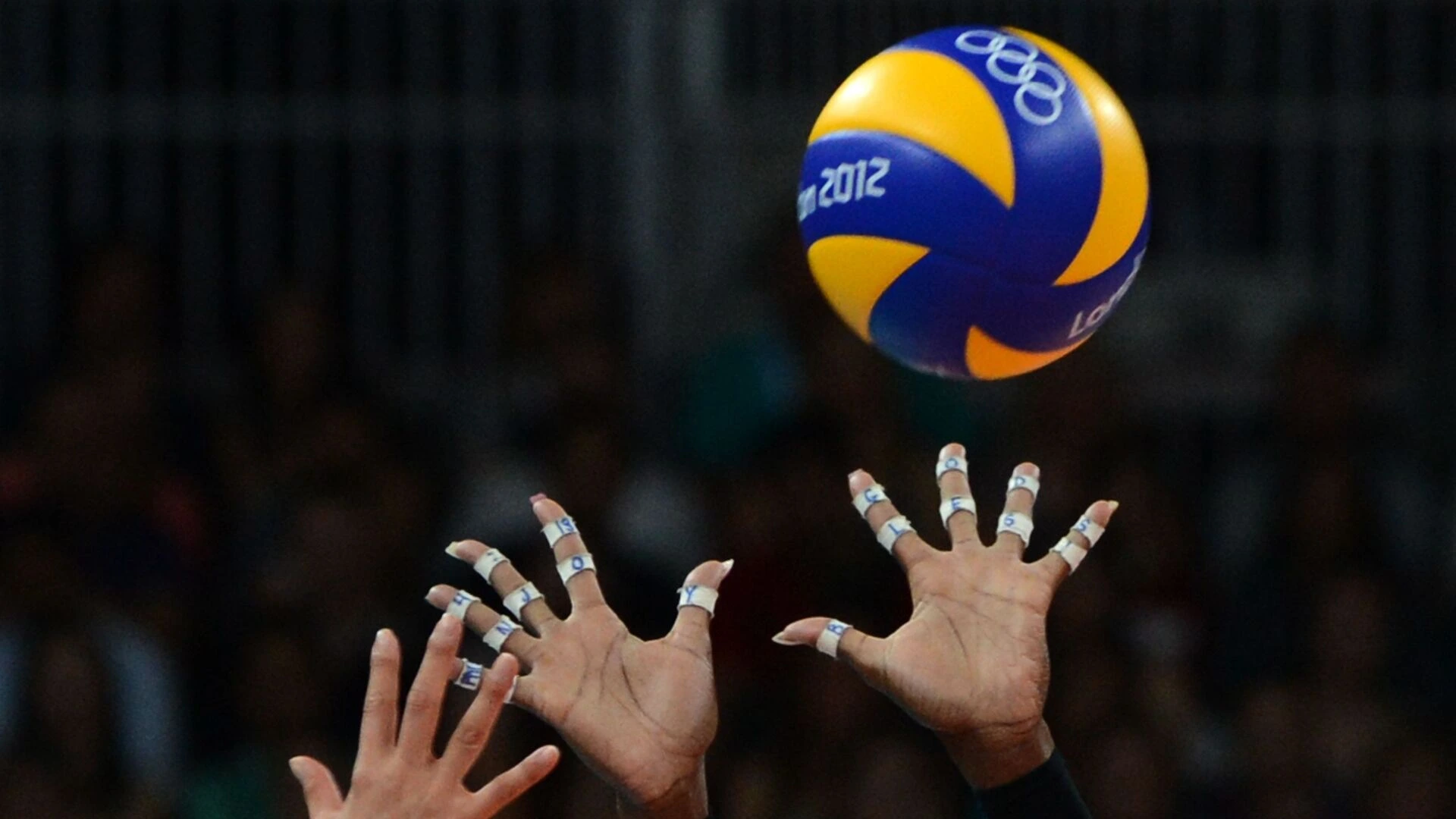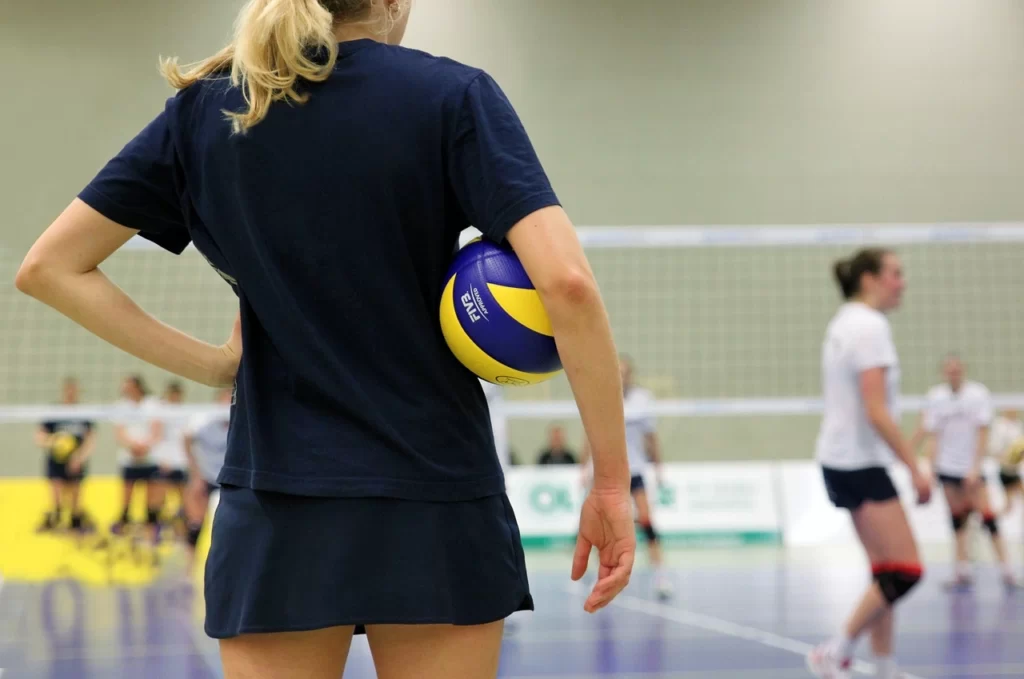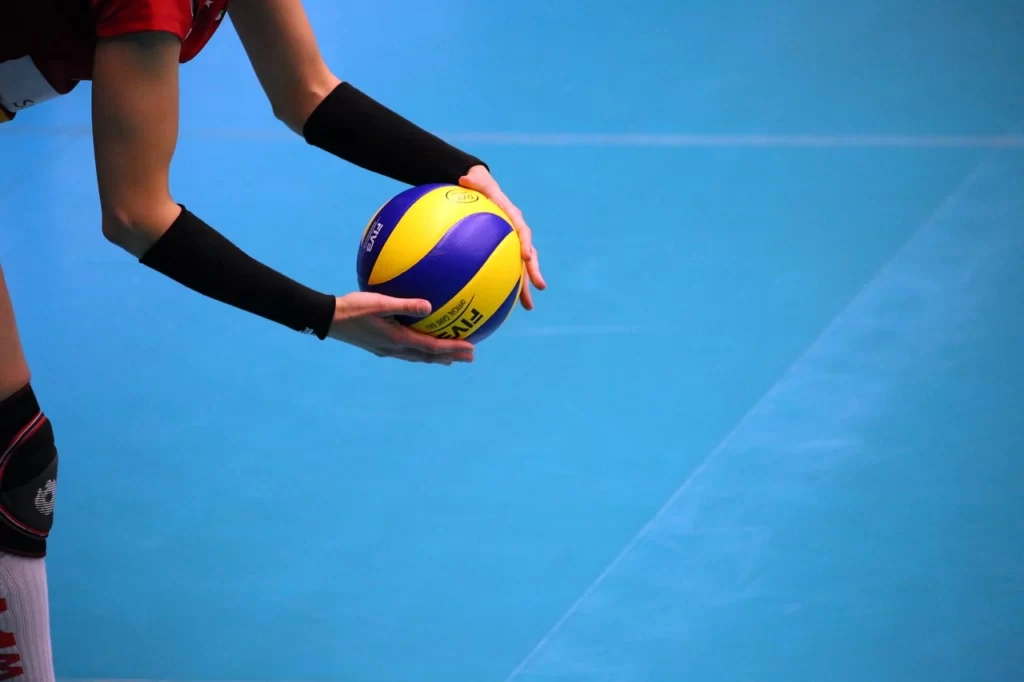Volleyball is an exciting game that has many variations, from the classic indoor game to beach battles on the sand or in the fresh air among the green grass. The types of volleyball are varied and offer unique experiences for everyone, be it a beginner or a professional.
Classic volleyball: where precision is more important than strength
Classic volleyball originated in 1895, when William J. Morgan introduced the world to a new game called “mintonette”. Soon the game began to gain popularity, and already in 1947 the International Volleyball Federation (FIVB) was founded, which laid the foundation for modern championships. Initially, the discipline developed indoors, and this laid the foundation for strict rules focused on teamwork.

Features of the rules of classic volleyball
The size of the court is 18×9 meters, and two teams of six people play on it. The positions are important: setter, diagonal, libero, center and wingers. The scoring system assumes that the match is played up to three sets won, each of which is up to 25 points with an advantage of at least two points. The rules require that each team makes a maximum of three touches, after which the ball must be sent to the opponent’s court. This limitation emphasizes the importance of precision and coordination.
Tactics and strategies: how to win in classic volleyball
One of the most common strategies is the 5-1 system of play, where only one setter controls the team’s attack, which allows for more flexible use of attackers. The 6-2 system is also used, which uses two setters, which provides more opportunities for attack.
Beach volleyball: the spirit of freedom and sand
This warm type of volleyball first appeared on the beaches of California in the 1920s and quickly gained popularity due to its relaxed atmosphere and openness. In 1996, it became an official part of the Olympic Games, which was an important milestone in history. The game has become loved by millions for its freedom of movement, excitement and unique physical training required for action on the sand.
Beach Volleyball Rules and Main Differences
Unlike the classic version, beach volleyball is played in teams of two, which makes the process even more intense and requires maximum versatility from each player. The court is smaller – 16×8 meters, and there are no attack lines. The rules include mandatory finger touches only in the case of receiving a difficult ball, which distinguishes it from the classic version, and this makes the technique of serving and receiving especially important.
Preparation and playing conditions: what makes beach volleyball different
- Playing on sand is not as easy as it seems. Athletes must adapt to a soft and unstable surface, which makes movements slower and more energy-consuming. Training includes intense exercises to develop leg strength and endurance:
- Strength and endurance: Sand creates additional resistance, which requires significant physical preparation for moving and jumping.
- Balance and coordination: The soft surface requires more careful control of each movement, which improves balance and coordination.
- Weather conditions: Wind and sun can have a significant impact on the game, and successful volleyball players must be able to adapt to these conditions by adjusting their tactics.
- Partnership work: There are only two players on a team, so it is important that everyone can perform different roles – serve, attack, defend and receive the ball.
Grass volleyball: an alternative for nature lovers
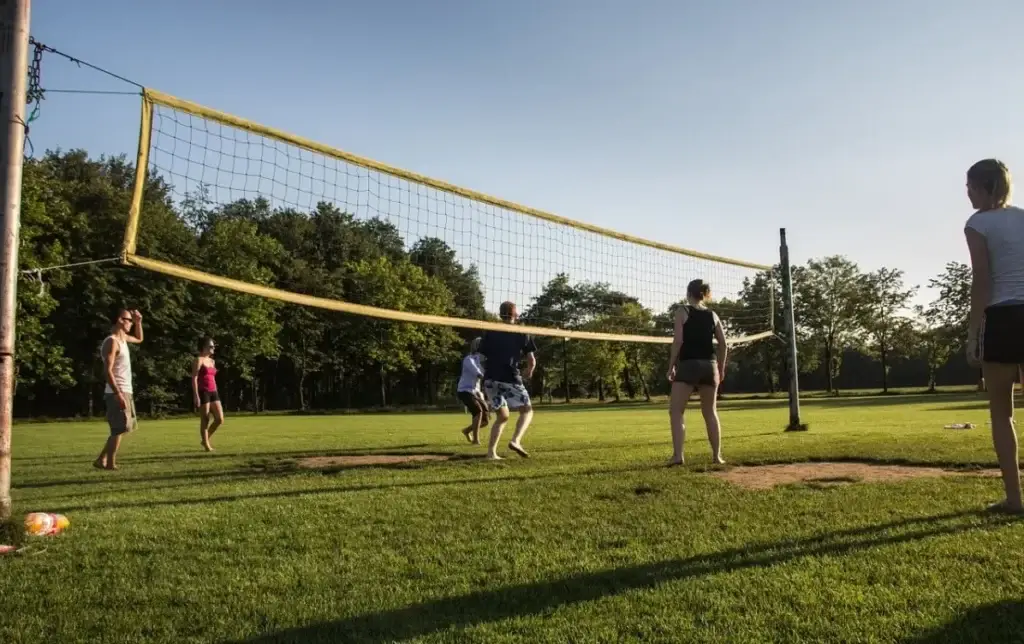
An ideal choice for those who love spending time outdoors. This variation allows for large groups to gather and play matches on any open area. The main difference is that grass can be used for teams of six or less formal teams. The grass court can be of different sizes depending on the level of the players and the conditions.
Popularity of Grass Volleyball Among Different Age Groups
Grass volleyball for children and adults is popular for different reasons. Children love the freedom of movement and the opportunity to play in a relaxed atmosphere, while adults appreciate this game for its accessibility and the opportunity to maintain physical fitness in the fresh air. The variation is often used as an entertainment event at picnics, festivals and corporate meetings.
Main Benefits of Playing Outdoors
It is not only fun, but also healthy. The sport helps develop coordination, agility and improve physical fitness. In addition, playing outdoors improves mood and reduces stress, which makes grass volleyball especially attractive for all age groups.
Volleyball for children: the path to health and fun
A great way to develop physical and social skills from an early age. This game teaches children to work in a team, be attentive and respect the rules. Due to the low physical load and the opportunity to gradually master the technique, volleyball is suitable for children of different ages and levels of training. Volleyball helps children develop coordination, agility and endurance, improving overall physical fitness.
The main benefits of the game for children:
- Development of coordination and reflexes: Teaches how to react to the ball and make quick decisions, which improves coordination of movements and reaction speed.
- Strengthening team spirit: Fosters a sense of team responsibility, which is especially important for children. They learn to work together to achieve a common goal.
- Improving physical fitness: Serves, jumps, blocks – all these movements help strengthen muscles and improve physical fitness.
- Psychological benefits: Being part of a team helps children develop self-confidence and reduce stress.
How to organize training for children
It is important to create a comfortable environment so that they feel confident and interested in the process. Training should include game elements to maintain motivation. For example, you can organize mini-tournaments or conduct classes in the form of fun relay races to make learning exciting.
Indoor volleyball: rules and features
A classic format that requires strict adherence to the rules. The meeting takes place on an 18×9 meter court with a hard surface, which ensures fast and sharp movements. The main difference between indoor volleyball is the ability to hold a match regardless of weather conditions, which makes it more predictable and structured compared to others.
Differences between indoor volleyball and other types
First of all, we are talking about speed and technique. In the classic, for example, the court is smaller, and the number of players is larger, which requires perfect team coordination. Types of volleyball may vary in their rules and fitness requirements, but each offers unique challenges and opportunities.

Which Type of Volleyball Should You Choose?
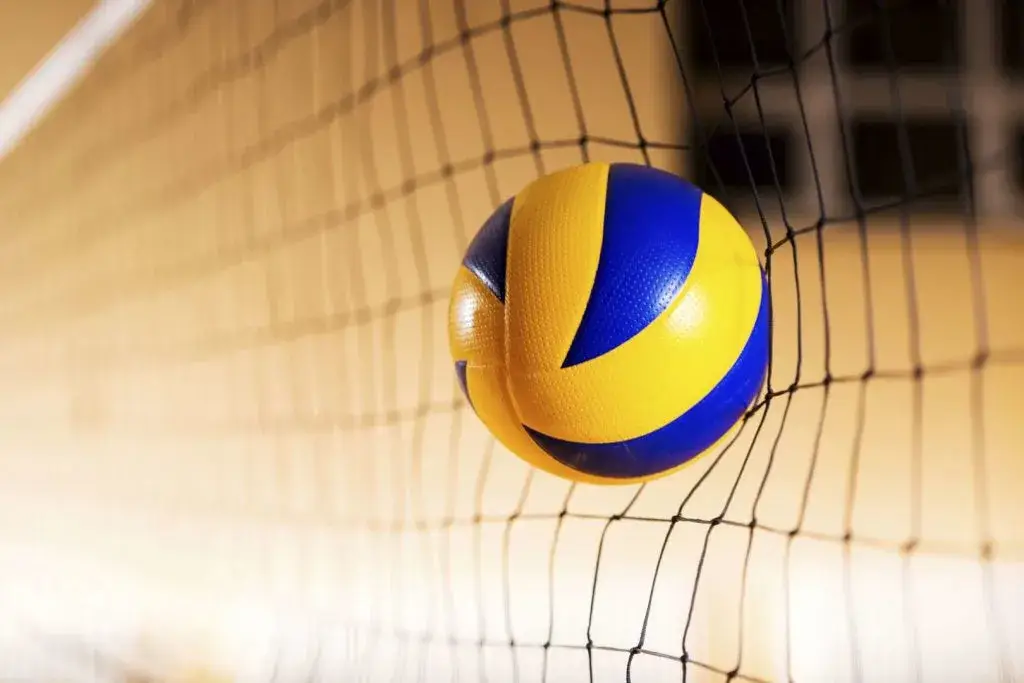 There are so many different types of volleyball that everyone can find something special for them. Classic is ideal for those who value teamwork and strict discipline. Beach is for lovers of freedom and physical fitness on the sand, while playing on grass is a great way to spend time outdoors with friends and family. Zial provides a comfortable and stable environment for training in any season. And for children, it’s the perfect way to kick-start their sporting career and lay the foundations for a healthy lifestyle. Choose the sport that is closer to your heart and enjoy!
There are so many different types of volleyball that everyone can find something special for them. Classic is ideal for those who value teamwork and strict discipline. Beach is for lovers of freedom and physical fitness on the sand, while playing on grass is a great way to spend time outdoors with friends and family. Zial provides a comfortable and stable environment for training in any season. And for children, it’s the perfect way to kick-start their sporting career and lay the foundations for a healthy lifestyle. Choose the sport that is closer to your heart and enjoy!


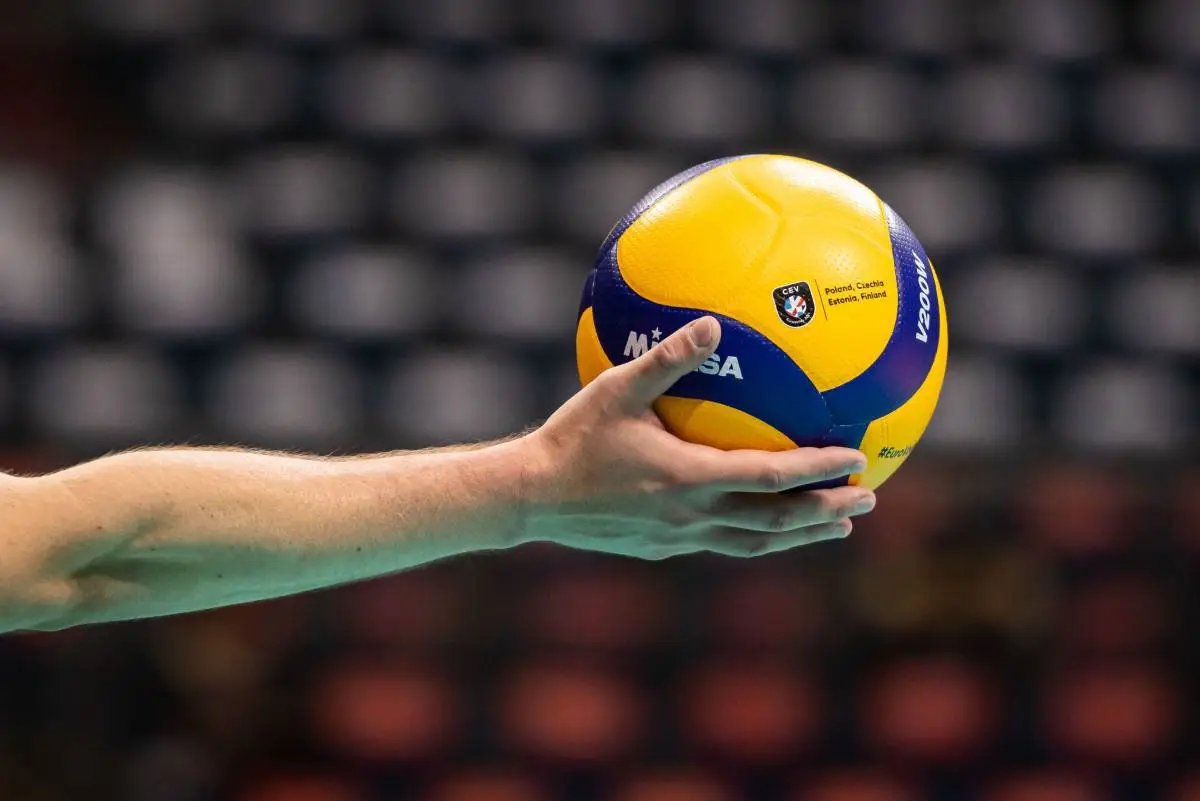



 The best matches have become true milestones in the history of volleyball. They inspire new generations of players and show that the impossible is just another challenge. Volleyball is always about emotions, tactics and true team spirit.
The best matches have become true milestones in the history of volleyball. They inspire new generations of players and show that the impossible is just another challenge. Volleyball is always about emotions, tactics and true team spirit.

 Russia has always been known for its giants on the court. Tall players like Maxim Mikhailov (202 cm) have become symbols of Russian volleyball. Russia’s tallest volleyball players not only won medals, but also changed the perception of the sport in the country. Like people from another reality, they stood out from the rest, not only physically but also mentally.
Russia has always been known for its giants on the court. Tall players like Maxim Mikhailov (202 cm) have become symbols of Russian volleyball. Russia’s tallest volleyball players not only won medals, but also changed the perception of the sport in the country. Like people from another reality, they stood out from the rest, not only physically but also mentally.
 The greatest volleyball players are not only part of the team, but also a symbol of their strength and determination. In Russia, this figure has always been associated with greatness and leadership. It also signifies great responsibility. Any size that allows you to dominate at the net also brings new challenges. Players like Dmitry Musersky or Maxim Mikhailov have become role models for how to use your data to get to the top and have inspired the future generation.
The greatest volleyball players are not only part of the team, but also a symbol of their strength and determination. In Russia, this figure has always been associated with greatness and leadership. It also signifies great responsibility. Any size that allows you to dominate at the net also brings new challenges. Players like Dmitry Musersky or Maxim Mikhailov have become role models for how to use your data to get to the top and have inspired the future generation.